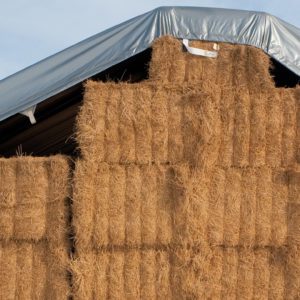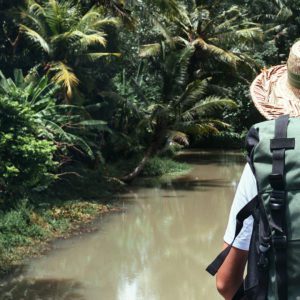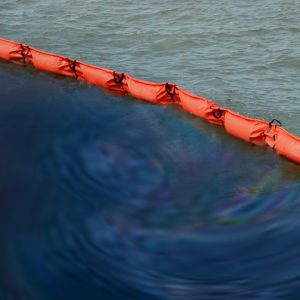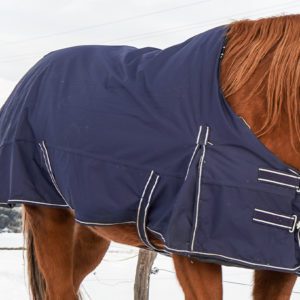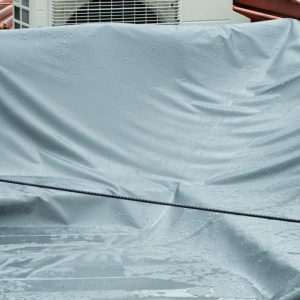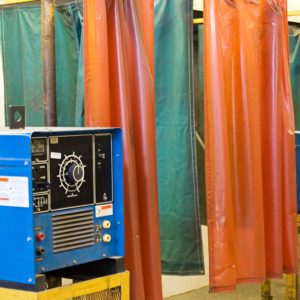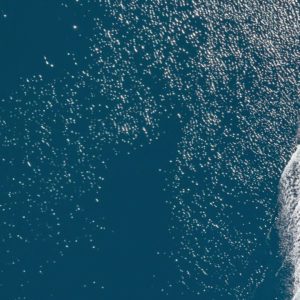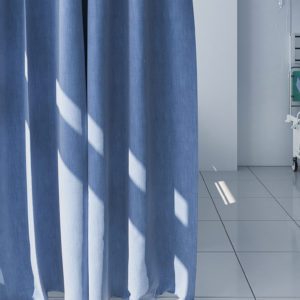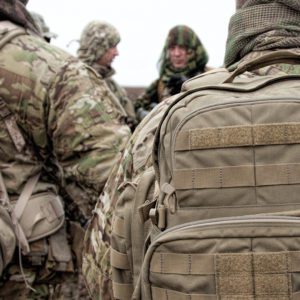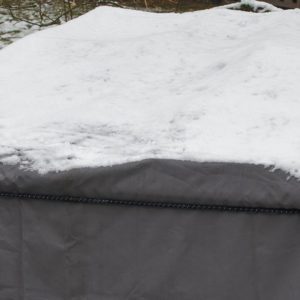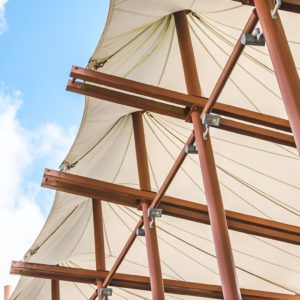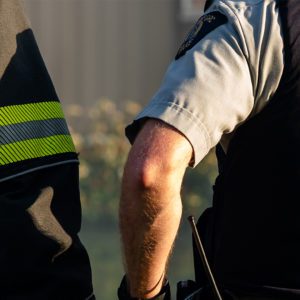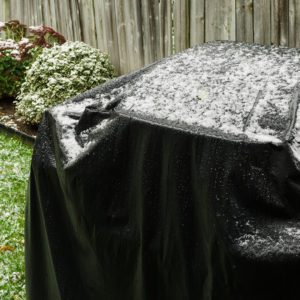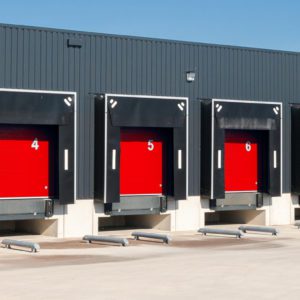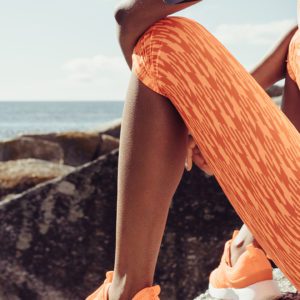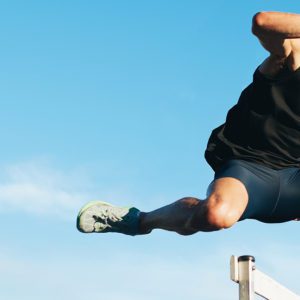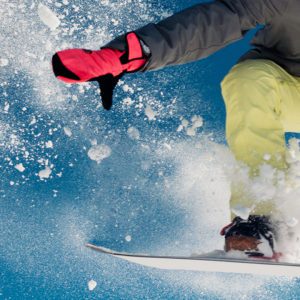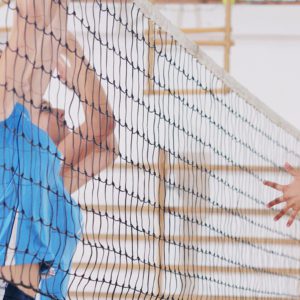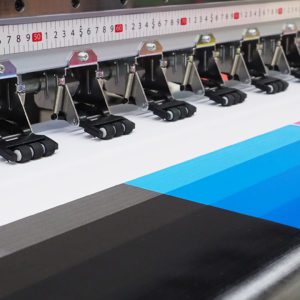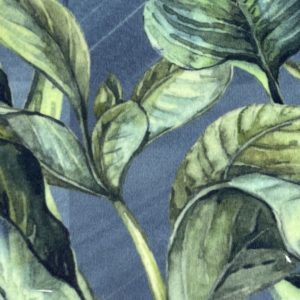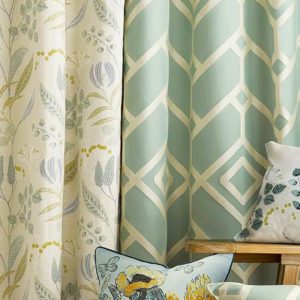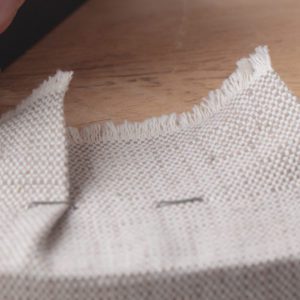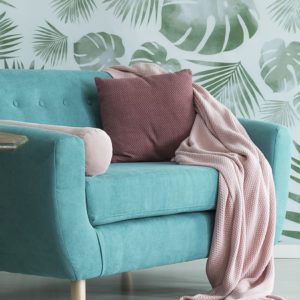Overview
This article gives an overview of the textile printing industry. It discusses the various printing methods and briefly touches on their advantages and disadvantages.
Digital Printing
Digital Printing encompasses all printing techniques that use some form of computerized technology. In general, no screens of any kind are used. The most common forms of digital printing related to heat cured printing are:
Dye Sublimation Printing
Dye sublimation is a process by which the pattern is printed with disperse dyes (ink) onto transfer paper. Once the paper is printed, the (polyester) fabric and paper are run through a calender or heat press.
The high heat on the paper turns the dye into a gas, which is sublimated onto the fabric. When heated, the polymers in the polyester bond with the gaseous dye, creating graphics that are completely embedded into the fabric.
Advantages of Dye Sublimation
- Photographic quality detail.
- Uses little water – does not hurt the environment.
- Unlimited color capability.
- Crock-proof.
- Excellent hand.
Why use Dye-Sublimation Heat Transfer Printing?
- Dye sublimation heat transfer printing technology can be utilized on far more polyester fabrics than direct disperse printing.
- Since direct disperse printing requires fabrics to be pretreated with a print receptive coating, selection of fabrics is limited.
- Dye sublimation can be utilized on uncoated and fabrics coated for direct disperse printing.
- TVF has a large amount of polyester Apparel & Home Decor fabrics which can lead to new business opportunities through dye sublimation heat transfer printing and expanded product printing capabilities.
Disadvantages of Dye Sublimation
- Too costly for large runs.
- Problems will occur if fabric is not profiled properly.
Best Substrates for Dye Sublimation
- 100% polyester.
- Polyester blends with at least 60% polyester.
Microlux Soft is our Premium Backlit Fabric
- Microlux Soft can be printed on either side for a different look and feel.
- Silicone edges are sewn onto finished prints, creating Silicone Edge Graphics (SEGs).
- Finished prints are snapped into grooves in backlit frame systems with LED lights around the perimeter to illuminate the graphic.
- Our print receptive coating disperses the LED light across the graphic providing a brilliant image to draw attention.
- Microlux Soft is knitted with microfiber which makes the fabric very soft and plush on one side with a smooth, textured finish on the other.
- It has a stable dimensional stretch so it can fit tightly in frames without wrinkling or sagging.
- Backlit or lightbox applications are very popular for trade show exhibits, retail displays, and event backdrops due to the brilliant images provided.
Direct Disperse Printing
Direct disperse printing uses a disperse coating that eliminates the need for transfer paper. After the fabric is coated during manufacturing, the digital printer prints the design directly onto the fabric. Once it is printed the fabric is put through the calender/heat press to bloom the design and to set the color.
What does it mean to “bloom the design”?
When the color is first printed on the fabric, it is dull. There is no vibrancy to the print; the color is not set. However, when heat is applied the true color and vibrancy emerge.
Advantages of Direct Disperse Printing
- Paper is not needed.
- Could be less expensive depending on application.
- Faster process due to less steps.
Disadvantages of Direct Disperse Printing
- Less clarity and detail than dye sublimation.
- Issues can arise if the disperse pre-treatment clear coating is not applied correctly or isn’t consistent across the width of the fabric, which can result in inconsistent prints.
Best Substrates for Direct Disperse Printing
- 100% polyester.
- Polyester blend (at least 60% polyester).
TVF Premium Flag Fabric: Flag 6043KFL
Flag 6043KFL is one of TVFs premium flag fabrics. The optimal way to print flags for excellent front-to-back color penetration is by using the direct disperse print method.
- Flag 6043KFL is a warp knit, open mesh polyester.
- Durable for outdoor environments.
- This fabric is optic white with a print receptive coating to control ink on the fabric while providing excellent print through.
- Available up to 16 feet wide.
- Perfect for flags, large outdoor banners, as well as building wraps
Summary
There are two main types of heat printing, dye sublimation and direct disperse. Both require polyester fabrics. Dye sublimation requires transfer paper and can achieve photo-quality details. Direct disperse printing does not use paper but requires a coating for the fabric and is ideal for flags, banners, and building wraps that do not require as much visual detail.
